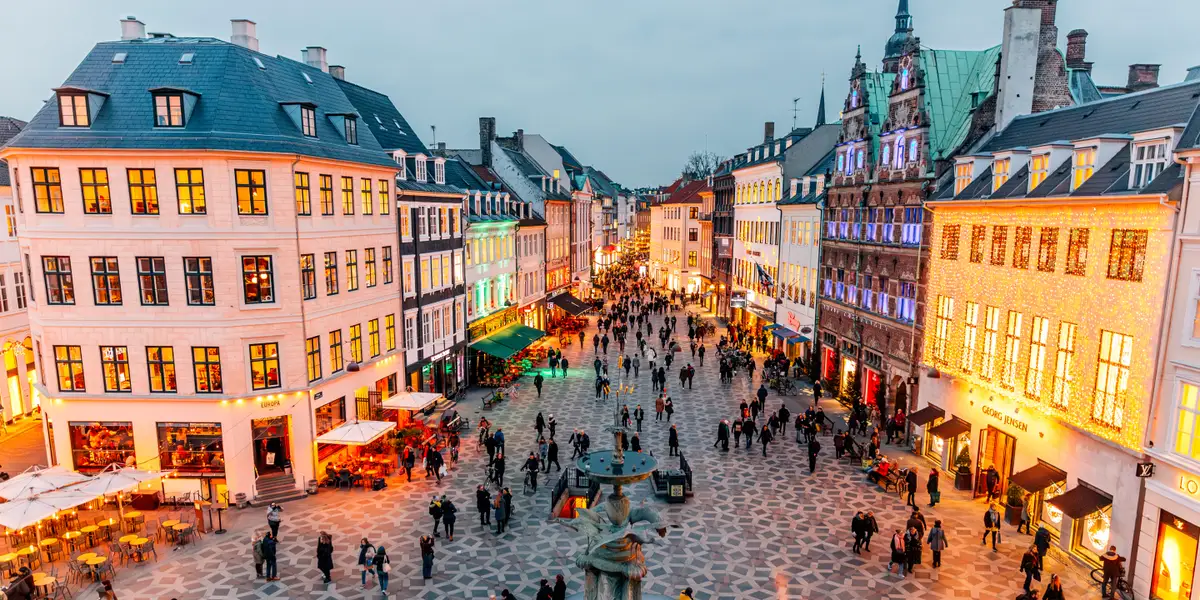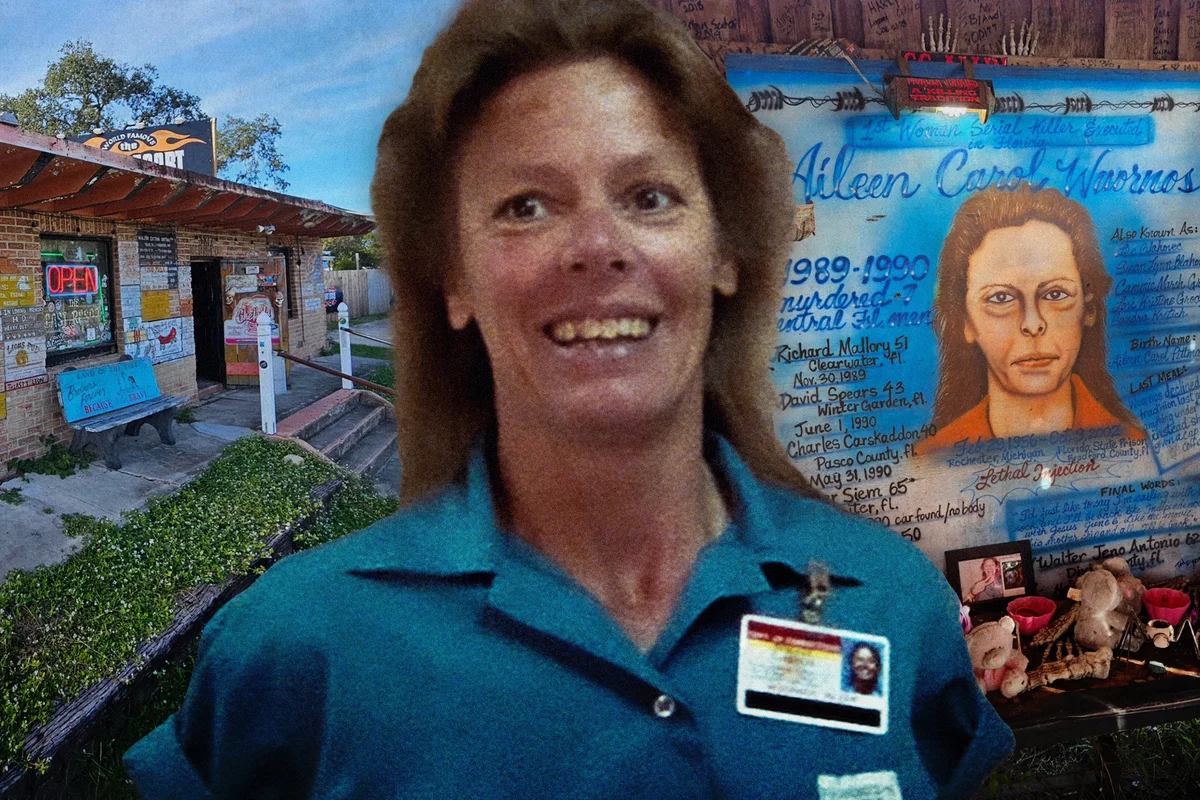Copyright Business Insider

Copenhagen is one of the most bicycle-friendly cities, with dedicated cycling lanes and an infrastructure that supports bike safety. Throughout my trip, I saw far more bicycles than cars on the streets. So much of the city's population bikes to work, and I'd never seen so many swarms of cyclists in business attire pedaling through rush hour. Walking is also a popular way to get around the city. There are several pedestrian-only streets in Copenhagen, including Strøget, a nearly 1-mile stretch dotted with shops. During my trip, I easily walked more than 10,000 steps daily, which is hard to do in Los Angeles, where cars are the main mode of transportation. However, since I returned, I've begun making a conscious effort to walk or bike for errands or coffee runs whenever possible. New Nordic cuisine, popularized by chef René Redzepi's three-Michelin-star restaurant, Noma, is rooted in sourcing local and seasonal ingredients from the region. During my trip, I dined at many places that seemed to share that same ethos, like Oens Have, La Banchina, and Apotek 57. For example, La Banchina, a seafood restaurant located along the harbor, prioritizes ingredients produced in Denmark — so its meals don't use imports like lemons, olive oil, or black pepper. That felt like a bold move for a seafood restaurant, and I was skeptical at first; however, the food was simple yet delicious. This inspired me to prioritize fresh, local ingredients when I cook at home. Now that I'm back in California, I try to shop at the local farmers market every Sunday. When I'm at the supermarket, I read labels carefully and prioritize buying California-made ingredients, including California avocados, honey from Ojai, and fresh produce from local farms. Saunas and cold plunges (especially paired together) are cornerstones of Scandinavian culture, in part because of their potential health benefits. Saunas can increase blood circulation and relax muscles, while cold plunges constrict blood vessels and may reduce inflammation and pain. Research suggests that cold exposure can support muscle recovery, and both practices may help improve sleep quality. Finland was among the first northern European countries to popularize hot and cold therapy, but it has since spread to other Nordic countries, including Denmark. Saunas are prevalent in hotels throughout Copenhagen and the city as a whole. La Banchina even had one in the restaurant's garden that guests could reserve. I enjoyed experiencing varying warm temperatures of saunas and thermal baths, and even tried a cold plunge during my trip — though I didn't last long. Since returning home, I try to start my mornings with very cold showers to mimic the effects of a cold plunge. I feel like I've already noticed a positive difference in my energy levels throughout the day I've also started seeking out saunas at my local wellness studios. Copenhagen is considered a global leader in sustainability, and I could feel the local respect for Mother Nature woven into daily life. The emphasis on walking and cycling, two eco-friendly transportation options, is just one example. Copenhagen is also working to convert all of its bus lines to zero-emission electric ones. Recycling bins were common and clearly labeled throughout the city. Streets felt clean and trash-free. I was also impressed by the green architectural choices, from solar panels to multi-purpose buildings, like CopenHill — a waste-to-energy plant that produces heat and electricity for homes and is also topped with a recreational center. I've always recycled in my home, but my trip inspired me to try to step up my sustainability efforts. These days, I try to eat a plant-based meal at least once a week and have been changing my shopping habits to reduce my plastic consumption. America is known for being particularly fond of excess, from large portion sizes being the norm at many restaurants to flashy cars being a symbol of success. However, Danish culture embraces different values, prioritizing modesty, practicality, and simple pleasures — a key component of the Danish concept of "hygge." Restaurants, hotels, and shops I visited tended to reflect Scandinavian minimalism, featuring few pieces of functional furniture, limited clutter, and simple color palettes. Many local fashions appeared to be fairly simple and practical, rather than overly flashy and fussy. I noticed stores carrying a lot of quality basics and functional pieces in neutral colors, such as wide trousers, crisp shirts, and tailored blazers that can easily fit into a year-round capsule wardrobe. Fleeting fashion trends seemed less prevalent than what I'm used to seeing in other major Western cities. I left truly believing this emphasis on intentional living can help people develop a deep sense of contentment and gratitude while fostering a higher quality of life. When I returned from my trip, I decluttered as much as I could, keeping only things I had used within the last six months and donating almost everything else.



